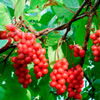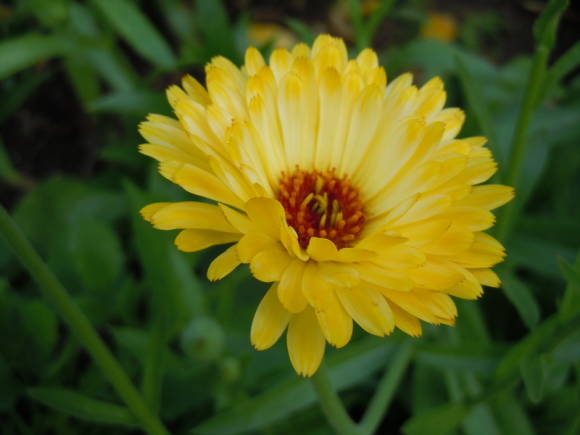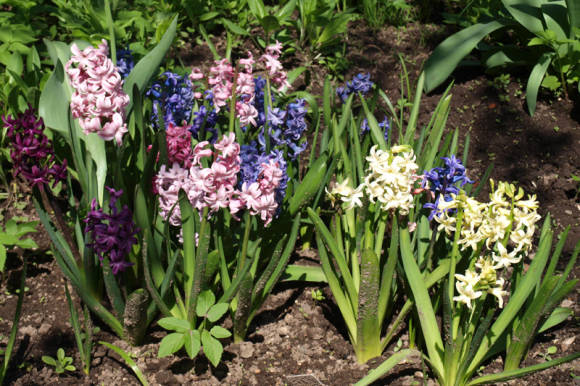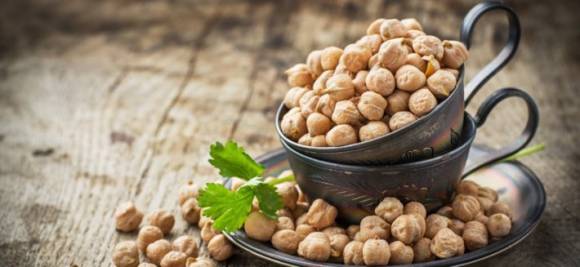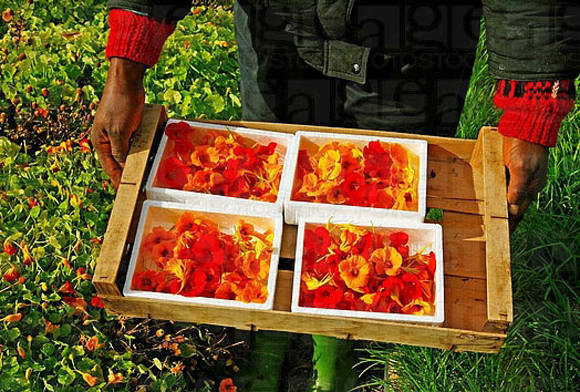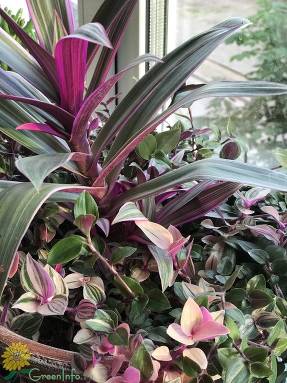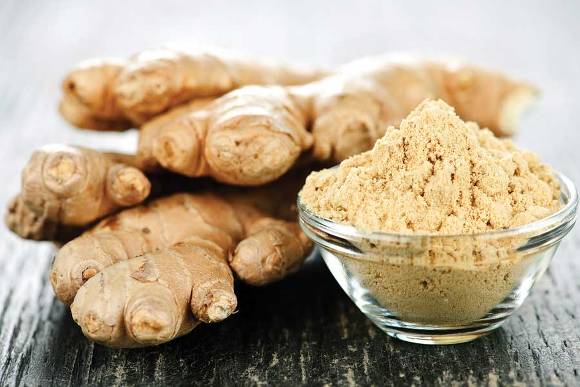On a personal plot of representatives of this numerous genus (about 400 species), you can only find a wrinkled rose with decorative foliage, a long flowering period and rather large fruits. Meanwhile, it is a widespread industrial culture, from which such valuable medicines as rosehip oil and carotene are obtained. And since the culture is grown, then there must certainly be highly productive varieties with a high content of active substances. Unfortunately, this information is rarely found in print media. We will try to fill this gap.
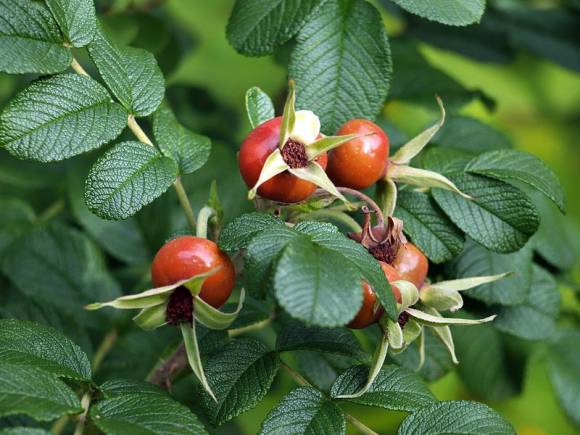
Rosehip raw materials are fruits that contain pectins (up to 4%), tannins up to 4.5%, organic acids (citric - up to 2%, malic - up to 1.8%, etc.), up to 8 mg /% carotenoids ( lycopene, rubixanthin), bioflavonoids (primarily rutin), sugars. And one of the most important indicators is the content of vitamin C (in high-vitamin varieties it contains 10 times more than black currant, and 100 times more than apples). In addition to ascorbic acid, rose hips contain vitamins B1, B2, K, E, salts of iron, manganese, phosphorus, magnesium, calcium.
I think I convinced you to plant this wonderful plant on the site, especially since autumn is a favorable time for planting it.
What types and varieties of rose hips to choose

If it is not possible to buy varietal planting material, then it is better to choose high-vitamin species among rose hips. These include, first of all, the cinnamon rosehip, or May, to a lesser extent the wrinkled rosehip, Webb's rosehip, the needle rose.
Rose wrinkled (Rosa rugosa) most popular with our gardeners. It is a shrub about 1.5 m high with a large number of undergrowth shoots, which makes it difficult to care for, but makes it easy to reproduce, and large, 6-8 cm in diameter, flowers. Due to its endurance and unpretentiousness, it is frost and salt resistant, grows on sandy and poor soils, windy places. It is little affected by rust, but on calcareous soils it suffers from chlorosis - that is, there is iron in the soil, but it does not assimilate it. It comes from the Far East.
In Chinese medicine, it is widely used for a very wide range of diseases. From German, its name is translated as "potato rose", which very well reflects the appearance of its leaves, with their corrugation more or less reminiscent of potatoes. It is characterized by large and fleshy fruits, the most convenient for all kinds of culinary delights. She is loved for her renovation (it blooms from May to September), and the wonderful scent of flowers.
Rosehip may, or cinnamon (Rosa cinnamomea L., Rosa maialis Herrm) occurs in the wild from Scandinavia to Siberia. Unlike the wrinkled rose, it is characterized by stronger growth (up to 2 m), more rare thorns, and the flowering shoots are generally almost without them. Flowers are solitary, from pale to dark red, and it blooms, as the name suggests, in May.

Spiny rosehip (Rosa acicularis Lindley) has a lot of synonyms, species and subspecies, which is associated with its extensive range and, as a result, the polymorphism of the species, which has a number of subspecies: Rosaacicularisvar. bourgeauiana Crép., Rosaacicularisvar. engelmannii (S. Watson) Crép. ex Rehder, Rosa acicularis var. gmelinii (Bunge) C.A. Mey., Rosaacicularisvar. sayiana Erlanson, Rosaacicularisvar. setacea Liou, Rosa baicalensis Turcz. ex Besser, Rosa gmelinii Bunge, Rosa nipponensis Crép., Rosa carelica Fr.
It is a very winter-hardy species that can withstand frosts down to -40 ° C. It is found from 1 to 3 m in height, with white and pink flowers. It is characterized by a very high content of vitamin C. Fruits are oval, 1-1.5 cm in diameter.

Rose webb (Rosa webbiana Wall. ex Royle) is a short shrub about 1 m tall. The thorns are relatively rare, slightly curved, the flowers are less often white, more often red or pink, the fruits are round or oval. It grows on the slopes of the Pamir-Alai, Tien Shan mountains, in the Himalayas, Afghanistan, Tibet, Mongolia.
But the dog rose (Rosacanina) contains little ascorbic acid. Its fruits are easily distinguished by early sepals and the absence of a hole at the top.
There is even such a peculiar test for vitamin content: high-vitamin varieties "whistle", that is, if you blow into the hole at the tip of the fruit, a quiet whistle is heard. The dog rose does not have a hole and, accordingly, there is no whistle either.
There are quite a few varieties, both old and new, included in the state register, which suggests that they have passed many years of testing for yield, winter hardiness, resistance to pests and diseases.

Let's start with the old varieties.
- Vitamin VNIVI - a variety of early middle ripening period. It is characterized by large fruits (up to 3.8 g) with high (more than 4000 mg /%) ascorbic acid, bioflavonoids and carotene. Fruit ripening is amicable. Thorns in the fruiting zone are practically absent, which makes harvesting much easier. Productivity is about 2.5 kg of fruits per bush. Quite resistant to pests and diseases. The only negative is that it needs a pollinator, that is, it is necessary to plant another bush next to it, but of a different variety.
- Vorontsovsky 1 - just like the previous variety, it is an interspecific hybrid of the wrinkled rose and the Webb rose. Very good pollinator for the previous variety. Its oval-elongated fruits, in addition to the high content of vitamin C and bioflavonoids, are also characterized by a high content of folic acid. Average yield is about 3 kg per bush.
- Large-fruited VNIVI - is characterized by renovation, that is, long flowering, which is important for the decorativeness of the garden plot. Large flat-round fruits, up to 8 g each, look very impressive against the background of dark green wrinkled foliage. And collecting them is a pleasure. But it contains less vitamin C, "only" about 1000 mg /%, but it is very winter-hardy, fruitful and resistant to pests and diseases. From its fleshy fruits, it is most convenient to prepare jam, jam or jam.
- Russian 1 - has a high (up to 3200 mg /%) content of vitamin C and bioflavonoids. The shrub is more graceful than previous varieties, with light green leaves. Obtained as a result of free pollination of cinnamon rose hips. Fruits are globular and almost the same size. From a bush, you can collect 1.5-2 kg of fruit. Resistant to such an unpleasant disease as rust. Recommended for growing in the Ural region.
Of the new ones, undoubtedly, the varieties bred by one of the leading experts in rose hips, Doctor of Agricultural Sciences V.D. Sagittarius.
- globe - characterized by high winter hardiness, average productivity and very large spherical fruits. In addition, this variety is characterized by a fairly high vitamin C content.
- Finger - highly winter-hardy and relatively resistant to pests and diseases. Orange-red, elongated fruits have a pleasant sweet and sour taste. Recommended for growing in the West Siberian region.
- Victory - also recommended for the West Siberian region. It is characterized by high winter hardiness and disease resistance. Large oval-shaped fruits have not only a pleasant taste, but also a wonderful aroma.
- Titanium - looks very impressive on a personal plot. This is a powerful, vigorous plant with very large fruits, collected in 3-5 pieces. High-yielding, disease-resistant variety.
- Apple - in contrast to him, has a short stature. But at the same time, the fruits of this variety reach truly gigantic sizes, up to 13 g. And in terms of yield, it is not inferior to the strong-growing Titan. The dark red fruits are flat-rounded and have a sweet-sour taste.
In addition to those listed above, I would like to note a number of varieties that are relatively recently included in the State Register.
- Sergievsky - got its name from the Srednevolzhskaya Zonal Experimental Station of the Institute of Medicinal Plants. This medium-ripening variety is recommended for cultivation in the Volga region. Resistant to pests and diseases.Ovate fruits contain up to 2600 mg /% ascorbic acid. They are medium-sized, but are characterized by a pleasant sweet and sour refreshing taste.
- Ural Champion - a highly winter-resistant variety obtained by breeders of the South Ural Research Institute of Fruit and Vegetable and Potato Growing. Recommended for growing in all regions. A productive variety with large, rounded fruits on a long stalk. The fruits contain large amounts of vitamin C and have a sweet and sour taste.
Agricultural technology of cultivation
Reproduction... Rosehip can be propagated by sowing seeds before winter. Naturally, in this case, we are not talking about preserving the variety. To get seedlings, it is better to take seeds from unripe fruits. Rosehip seeds, collected from overripe fruits (especially strongly dried), are very difficult to germinate, require prolonged (up to 6 months or more) stratification. Sown into the soil in autumn, they germinate for 2-3 years. To speed up the process, scarification will be needed, that is, a violation of the integrity of the hard shell of the seeds, either with the help of emery paper or by treating with sulfuric acid.
Under industrial conditions, rosehip varieties are propagated by green cuttings in artificial fog using growth regulators, most often indole butyric acid. Rooting depends on the origin of the variety and can range from 15-20% to almost 100%. But under the jar, cuttings without artificial fog and even with growth regulators do not take root well, especially in wrinkled rosehip varieties. Therefore, at home, when hectares of plantations are not needed, try to propagate it with shoots. Especially a lot of shoots are given by varieties that have wrinkled rose hips in the pedigree. And some varieties of root suckers practically do not give or give very little.
Root suckers usually have a poorly developed root system and they need to either grow in favorable conditions, or immediately provide them with timely watering and remove part of the leaves or shorten the shoot before planting, leaving only a few buds. For better rooting, you can dust the underground part before planting with Kornevin, which is a root-forming agent - indolylbutyric acid, or immerse the weak roots in the Epin-extra solution at the concentrations indicated on the packaging for soaking the bulbs.
Landing... It is better to choose a sunny place for the rose hips - this contributes to abundant flowering and, accordingly, fruiting. For rosehip plants, moderately moist soils with a powerful fertile horizon, sandy loam or loamy in texture, rich in nutrients, close to neutral or slightly alkaline (pH 5.5-7.5) are most suitable. Unsuitable for it are areas with close (<1.5 m) groundwater, solonetzic. At the same time, there are species that tolerate increased soil acidity (needle rose). And the wrinkled rosehip is one of the salt-tolerant plants.
For abundant fruiting, it is recommended to plant not one variety, but 2-3, since rosehip varieties are not self-fertile, that is, they are not pollinated with their own pollen.
Pruning and shaping... An important stage in the development of a plant is the removal of shoots and the formation of a bush. This is not a pleasant occupation, especially with wrinkled rose hips. But this must be done, and annually, in no case "running" the bushes. After planting a young plant, they make sure that there are about 10-15 uneven-aged branches on it. Old branches (over 5 years old) are cut out annually, leaving them to replace the same number of strong shoots. And, of course, do not forget about sanitary pruning, cutting out weak and shriveled branches.
Top dressing... In the fall, after removing all unnecessary growth, superphosphate and potassium salt are injected around the bush, and in the spring, ammonium nitrate is added. Phosphorus and potash fertilizers are very important for rose hips, as they provide abundant flowering and the formation of a larger number of fruits.
Pests and diseases... Rosehip at home is little affected by pests. Industrial plantations suffer more. But, as they say, you need to know your enemies by sight. They are mostly in common with roses, as well as diseases. One of the main pests is the rose hips, the larvae of which, feeding on the pulp of the fruit, can almost completely deprive the crop. Another, also dangerous pest, is the spider mite. It lives on the underside of the leaf and sucks out the cell sap, due to which the leaves fall prematurely, the fruits develop poorly, the young shoots do not ripen and freeze out, and the yield decreases. The rosaceous sawfly eats away the core of the shoots, the rosé leafworm twists the leaves along and across the main vein. You can destroy these pests with conventional commercially available insecticides. Only the processing should be carried out 30-40 days before harvesting, and if possible, try to do without it.
Rosehip diseases are, perhaps, a great danger. They are carried primarily from decorative roses. Some species and varieties of rose hips are affected by rust. With a strong development of the disease, a massive fall of leaves and fruits occurs. To combat rust, drugs such as Topaz and Fitosporin are suitable.
Another disease - black spot, first appears on the lower leaves, then quickly rises to the top of the bush, especially when planting thickened. As a result, leaves fall and crops are lost. Powdery mildew attacks the leaves and the upper part of annual shoots, covering them with a white coating. The main remedy is Bordeaux liquid in the form of early spring processing and, of course, the removal of the affected tops of the shoots, followed by their burning. Next year it is necessary to cut nitrogen nutrition with high doses of phosphorus and potassium. Plants overfed with nitrogen are less resistant.
Use of the beneficial properties of rose hips - in the article Rosehip: medicinal use
